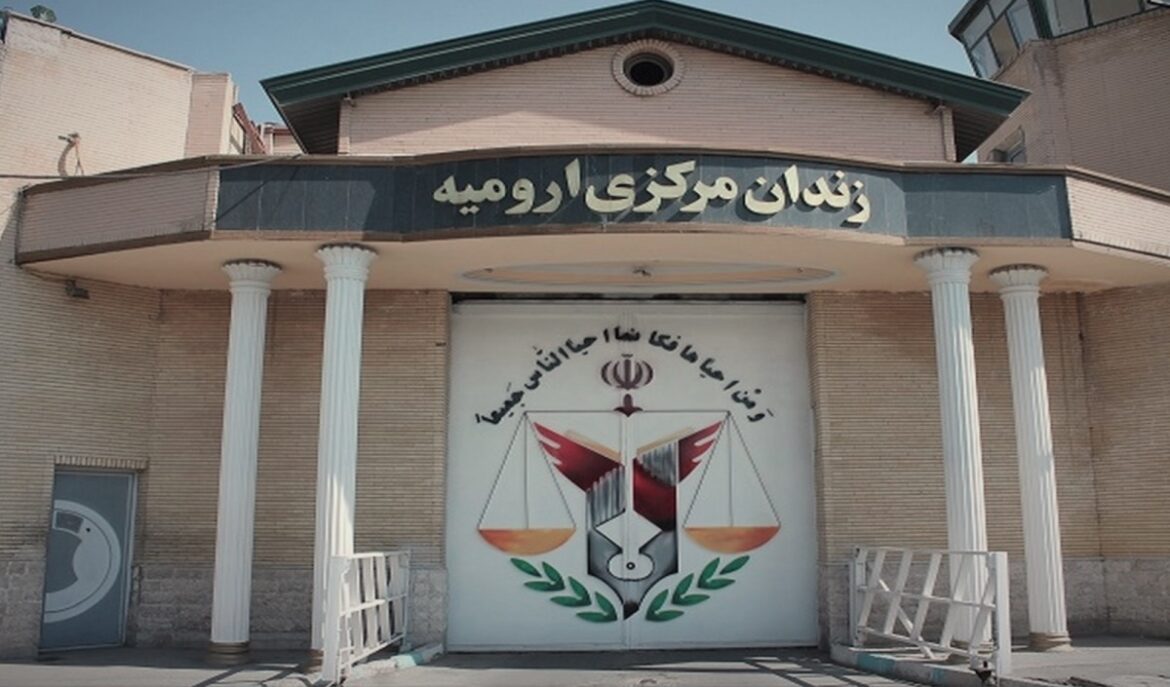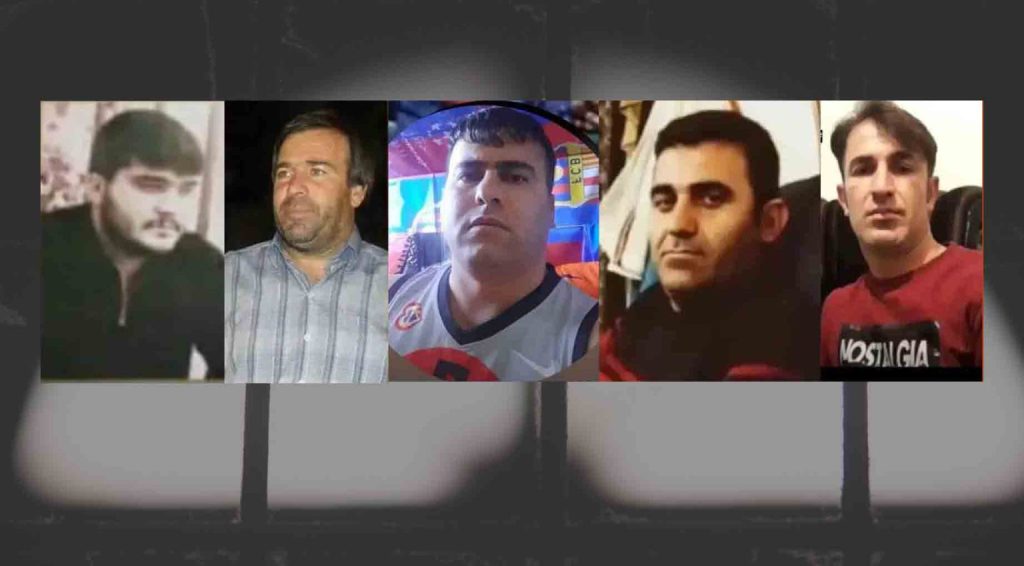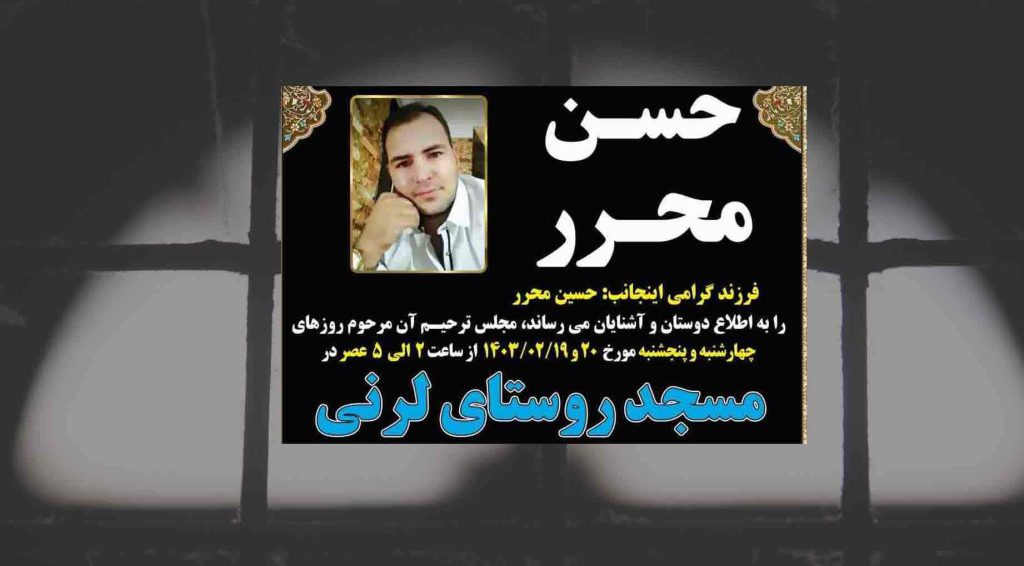All prisoners in the ward for political prisoners in Orumiyeh prison had refused to take prison food on 12 December upon the possibility of their transfer to a new high-security ward. Their strike continued also on the second day.
On 12 December, all 47 prisoners of conscience in Orumiyeh Central Prison, in northwestern West Azerbaijan province, went on a strike following the construction of a new prison ward.
In recent days, the head of the prison announced in a meeting with the prisoners that a new ward had been built for political and religious prisoners, and they would be transferred there in the days to follow.
The construction of the new ward aims at cutting off the connection between prisoners of conscience and other prisoners.
Separately, the hunger strikes of two other Kurdish political prisoners, Keyhan Mokarram and Nayeb Hajizadeh, continues. They had gone on a hunger strike on 11 December.
Today, Mokarram was transferred to solitary confinement on the orders of prison officials.
Mokarram has gone on a hunger strike to protest the non-implementation of the double-urgency parliamentary plan to reduce his prison term. Hajizadeh is protesting his denial of access to medical services.
Sources told the Kurdistan Human Rights Network (KHRN) that today, on the second day of the strike, Orumiyeh Central Prison officials met with 45 political and religious prisoners in their ward and insisted on transferring them to the new high-security ward.
The prisoners announced the continuation of their strike during the meeting, describing the conditions in the new security ward as inhumane.
Reportedly, the new ward has a smaller area and fewer services and facilities than the other ones in prison.
It has been built next to the ward for prisoners carrying out penal labour and on the area of the prison’s main bath on two floors; one floor for the prisoners of the military court and the ground floor for political and religious prisoners.
The current political and religious prisoners’ ward has five rooms, each with six triple bunk beds. Also, 15 cameras and 14 jamming devices have been installed in all rooms, toilets, bathrooms, kitchens, and the yard.
Even though experts have repeatedly warned about their carcinogenicity, jamming devices are installed.





